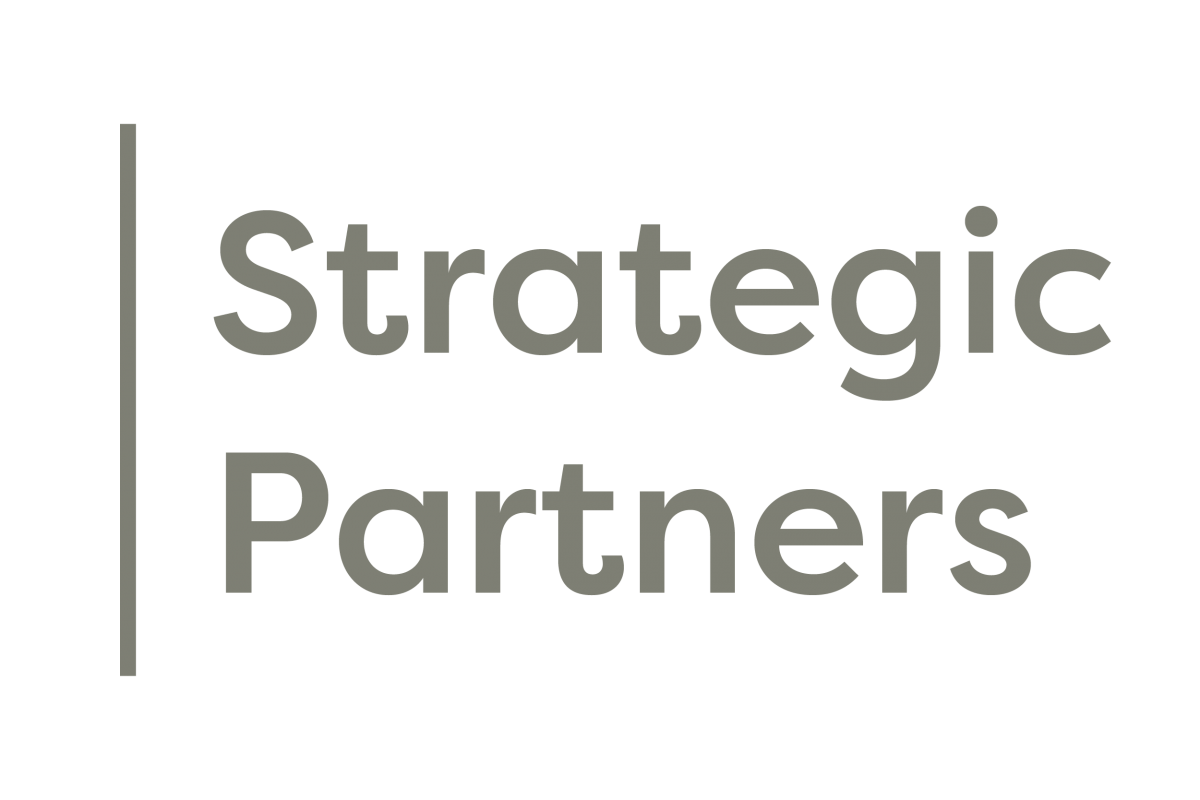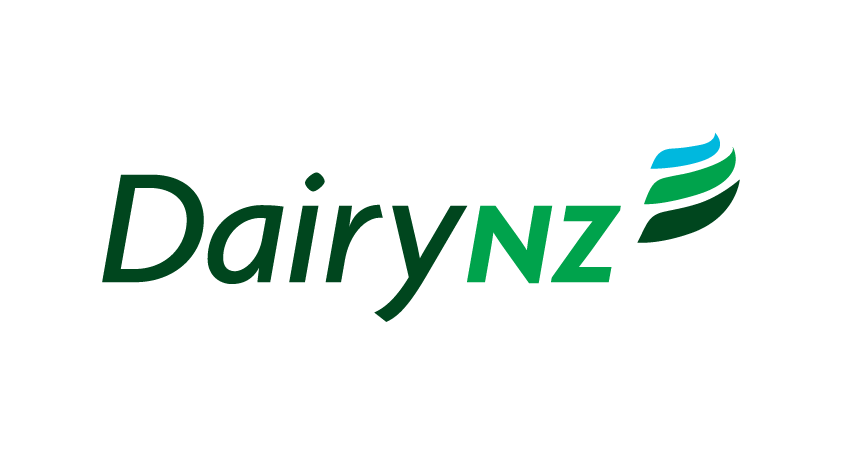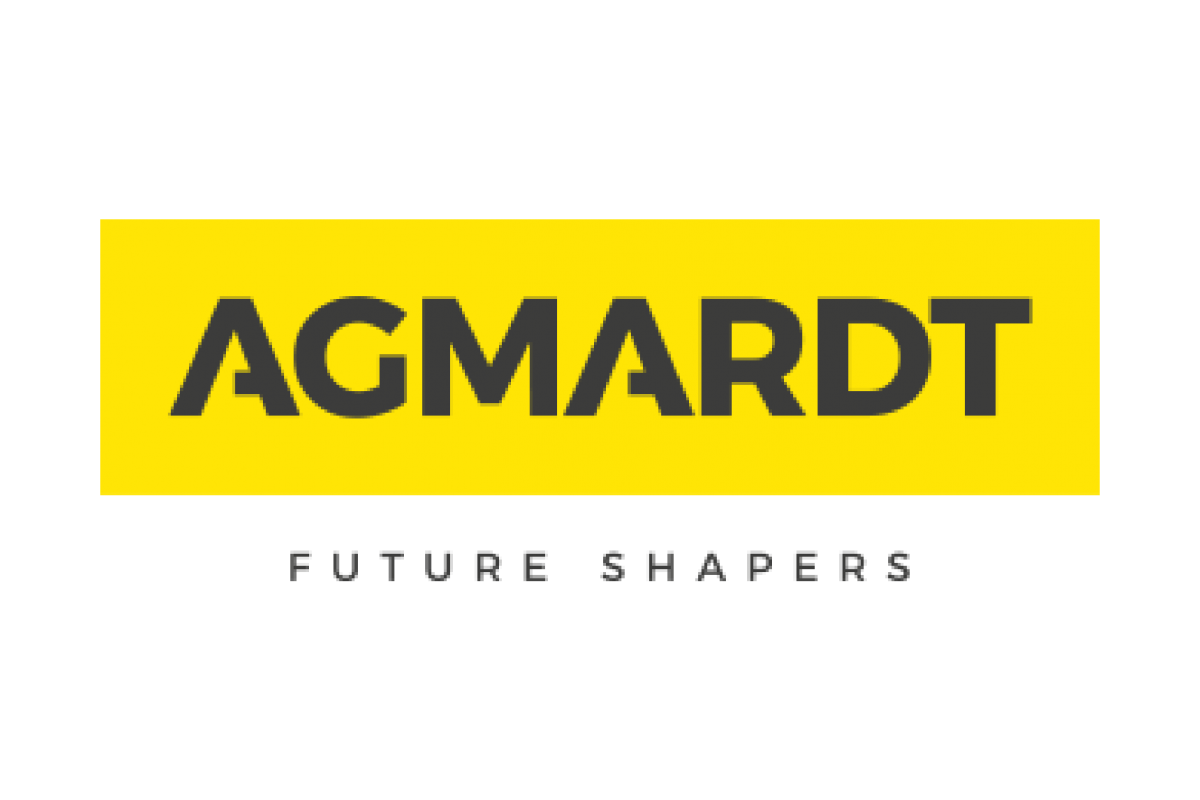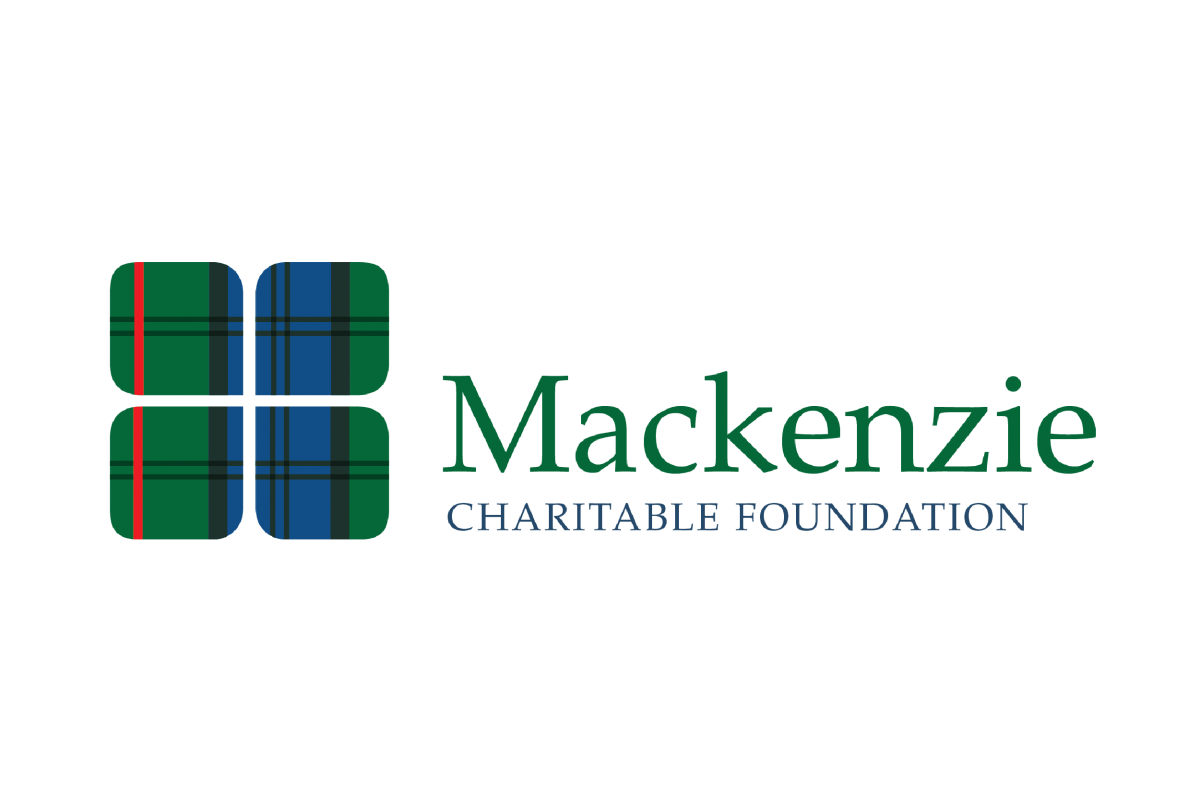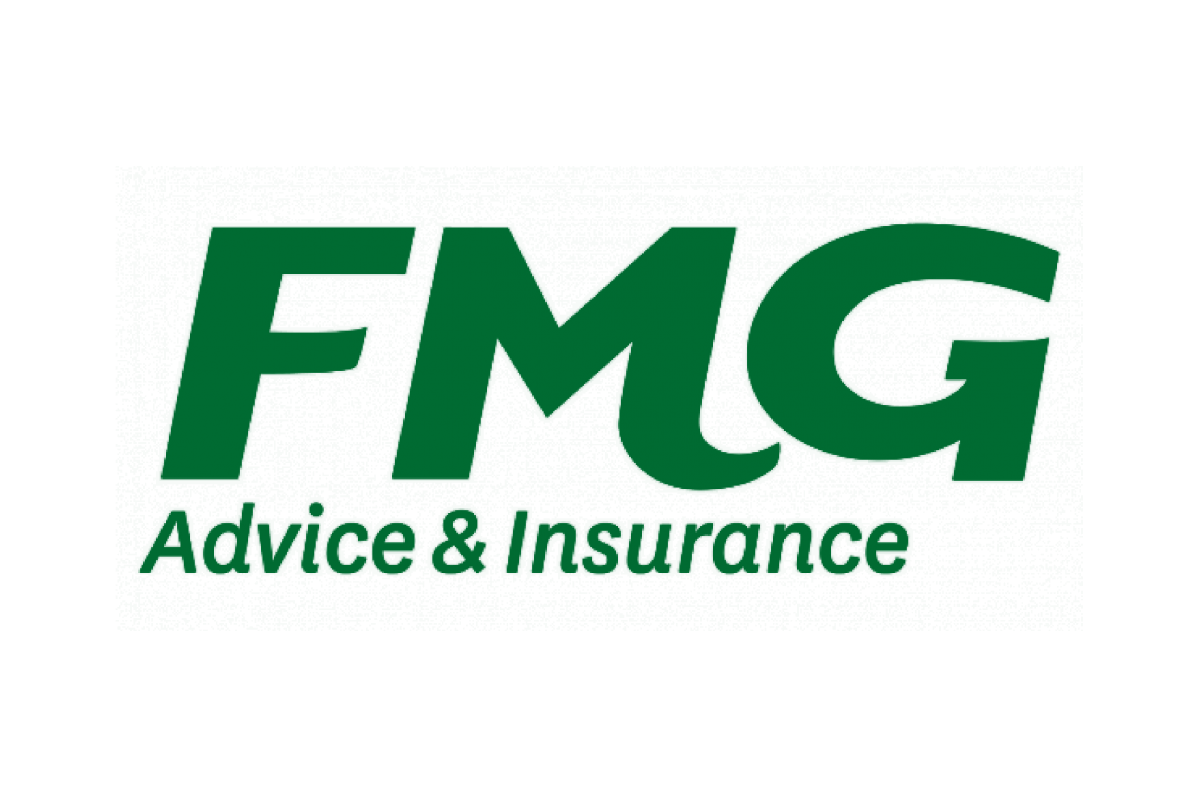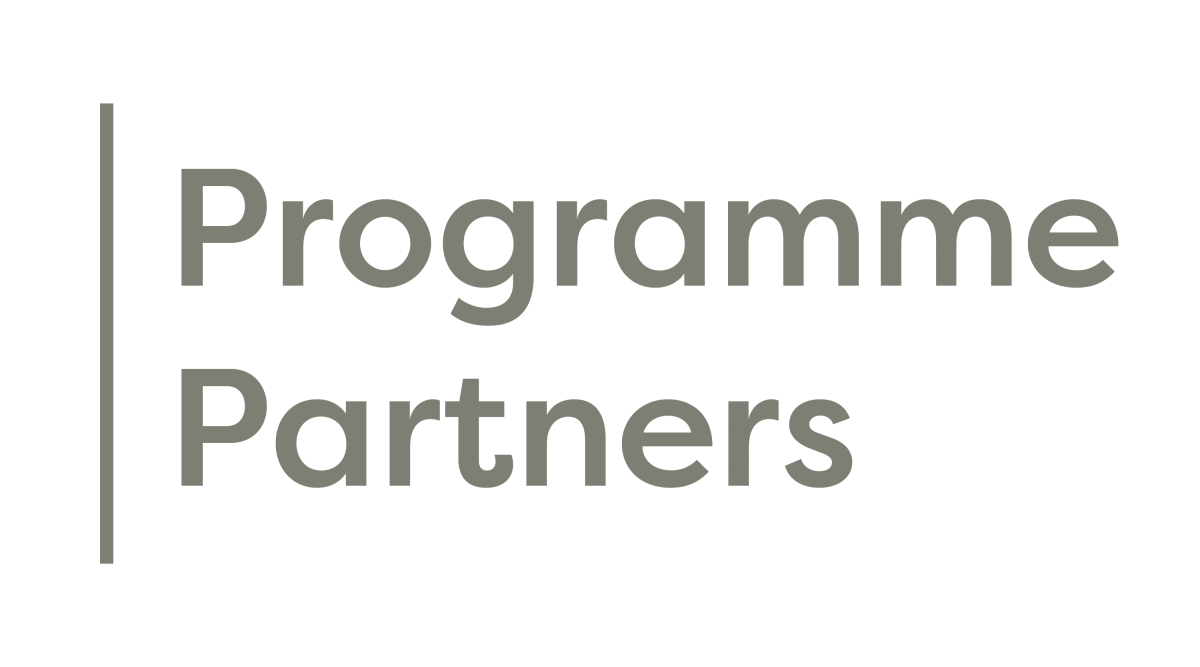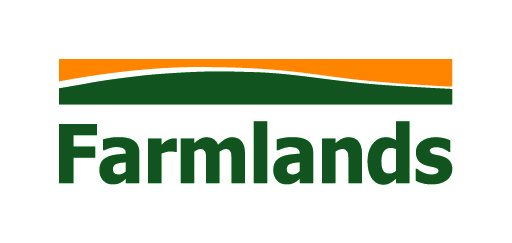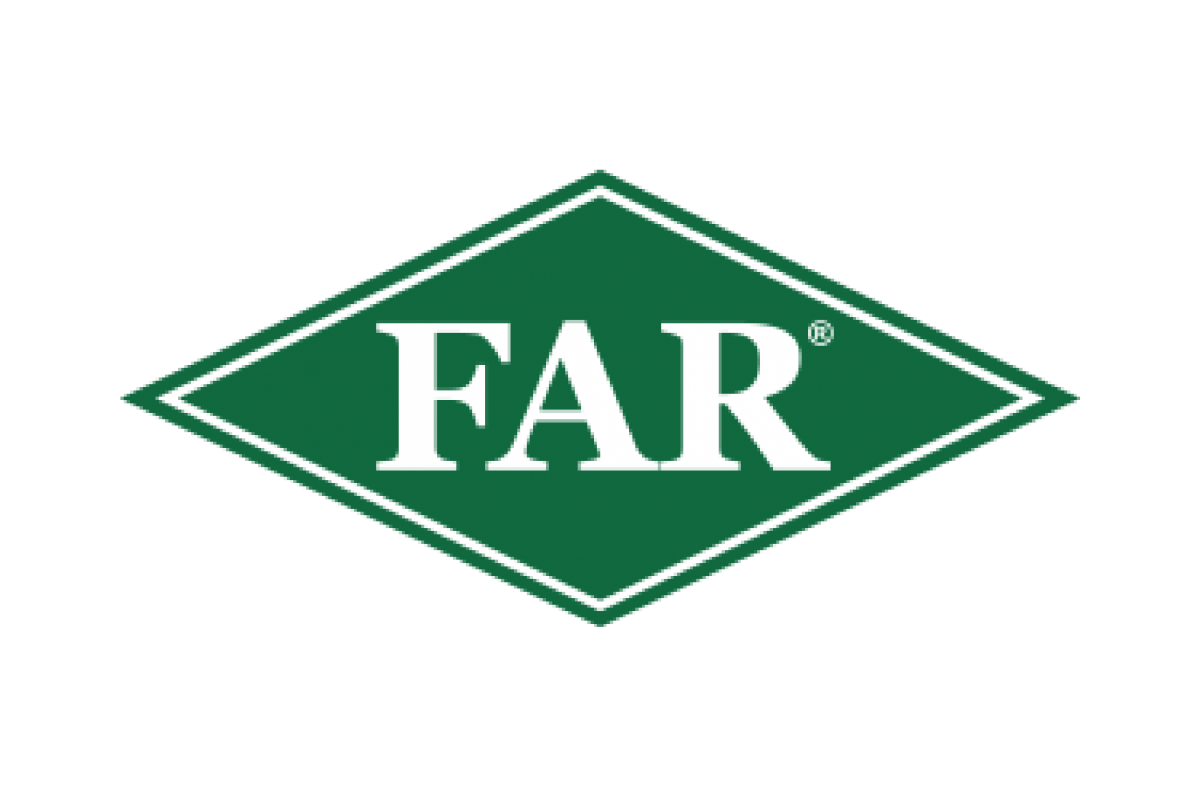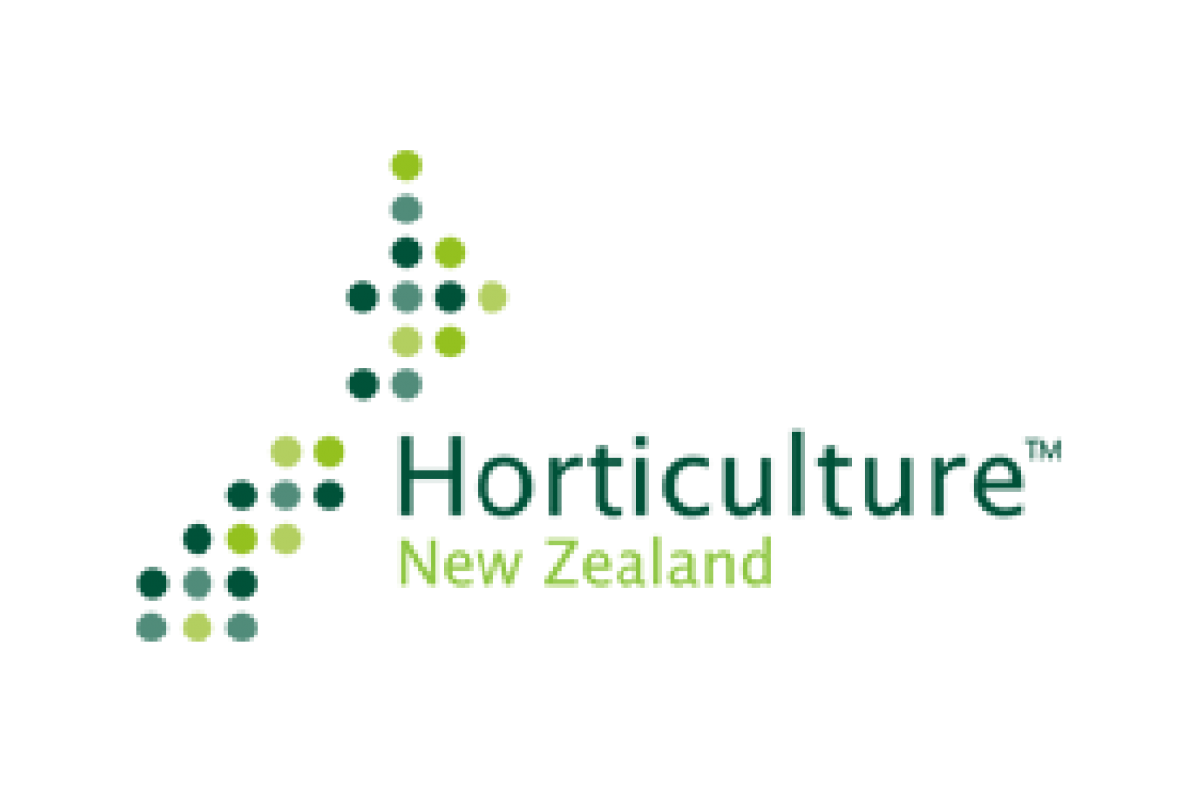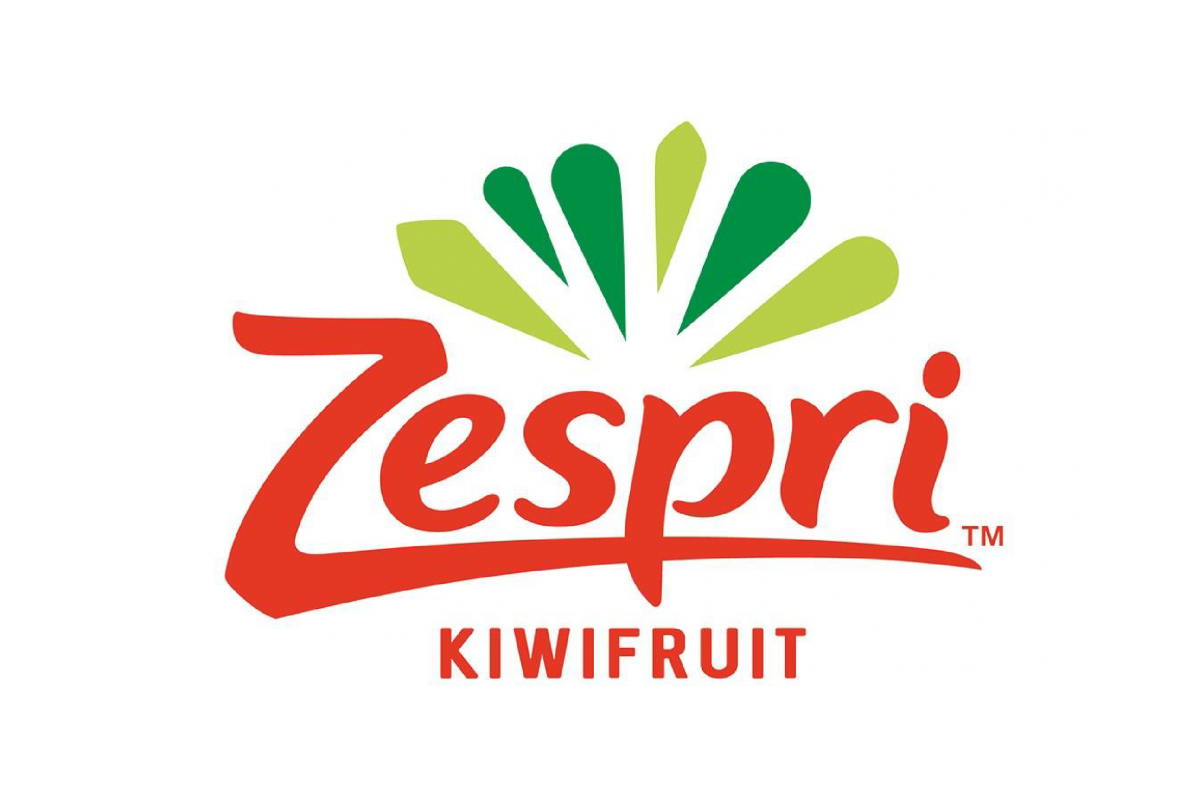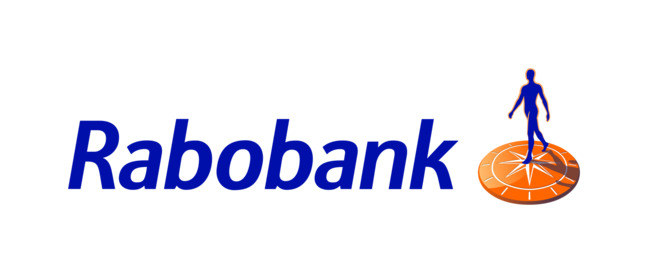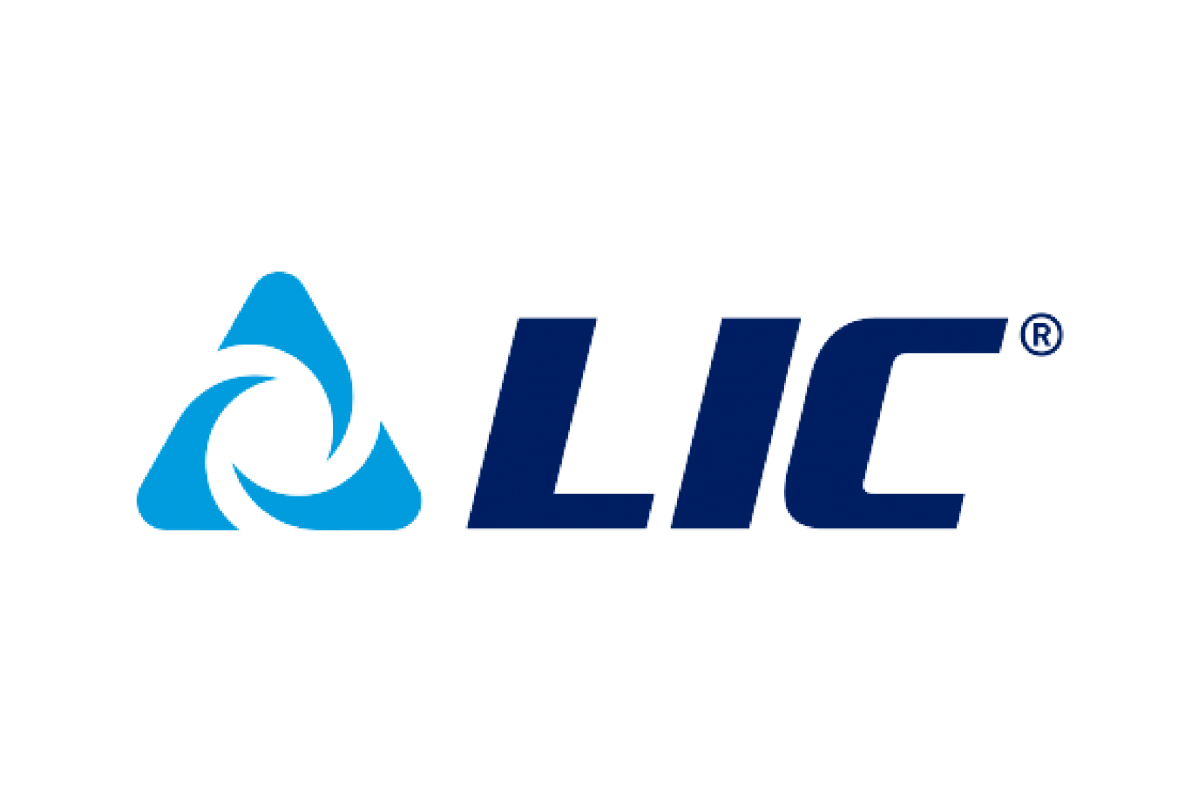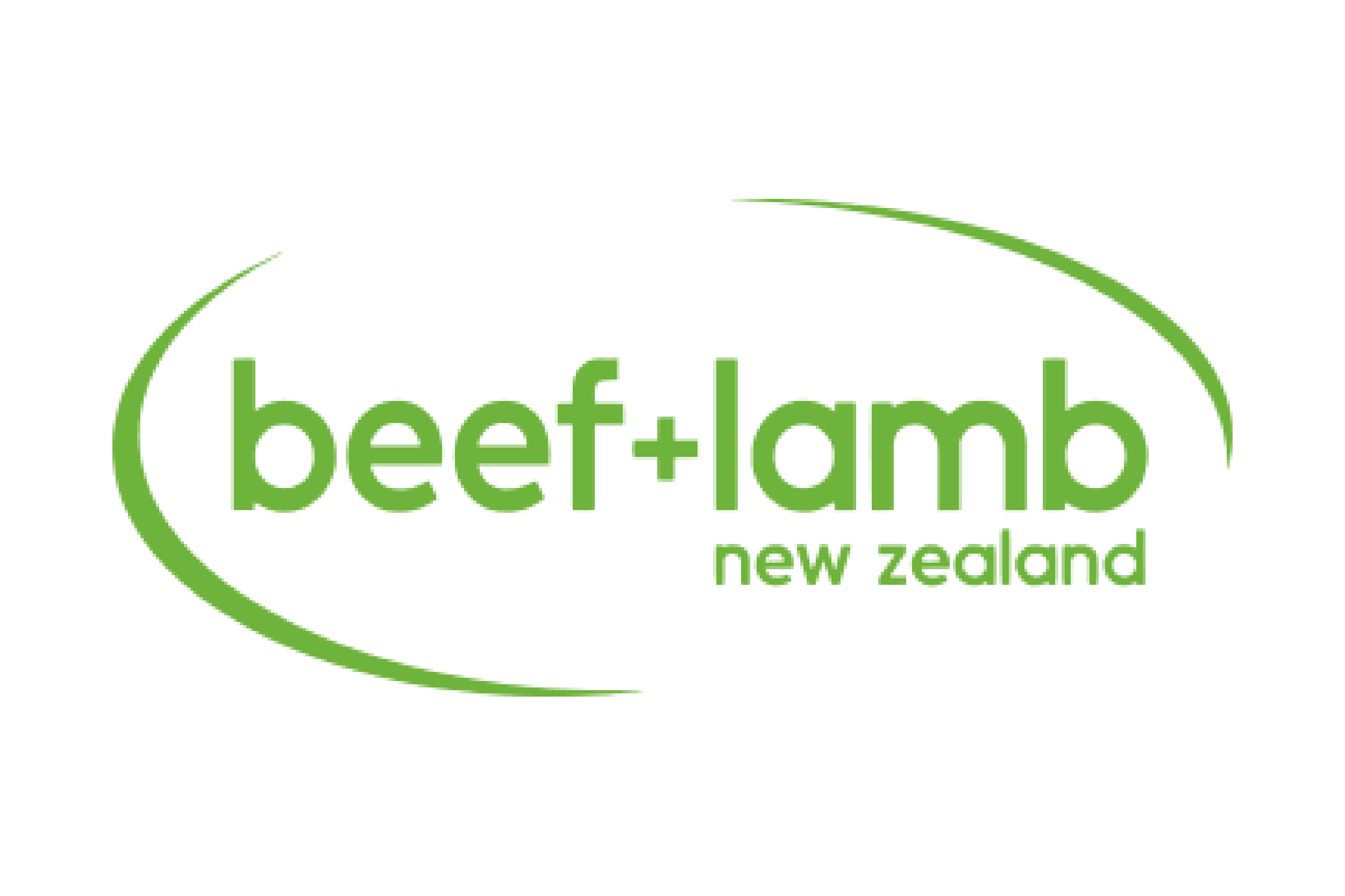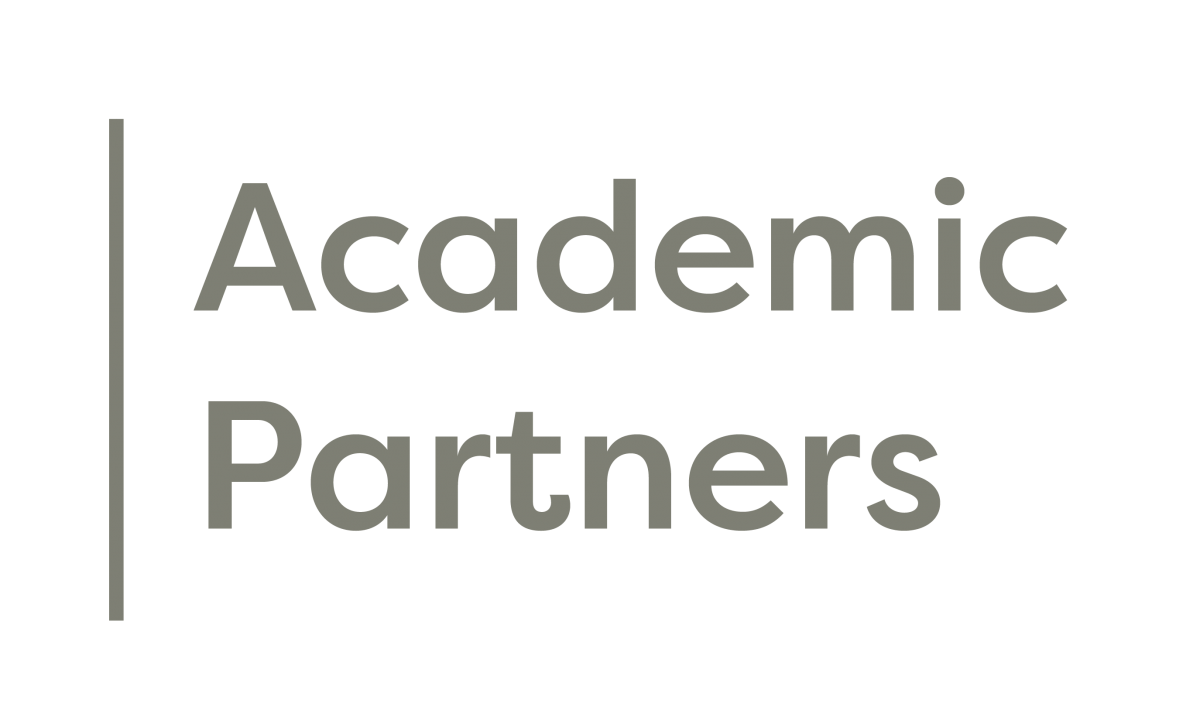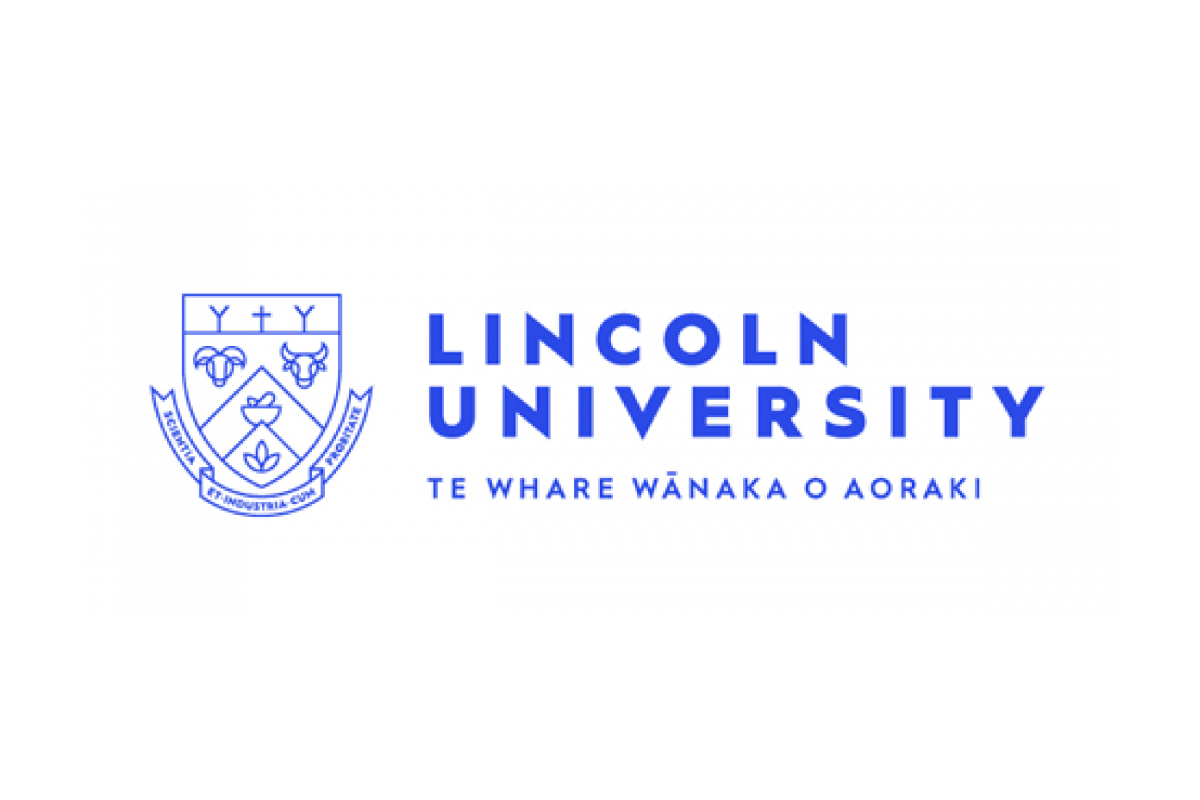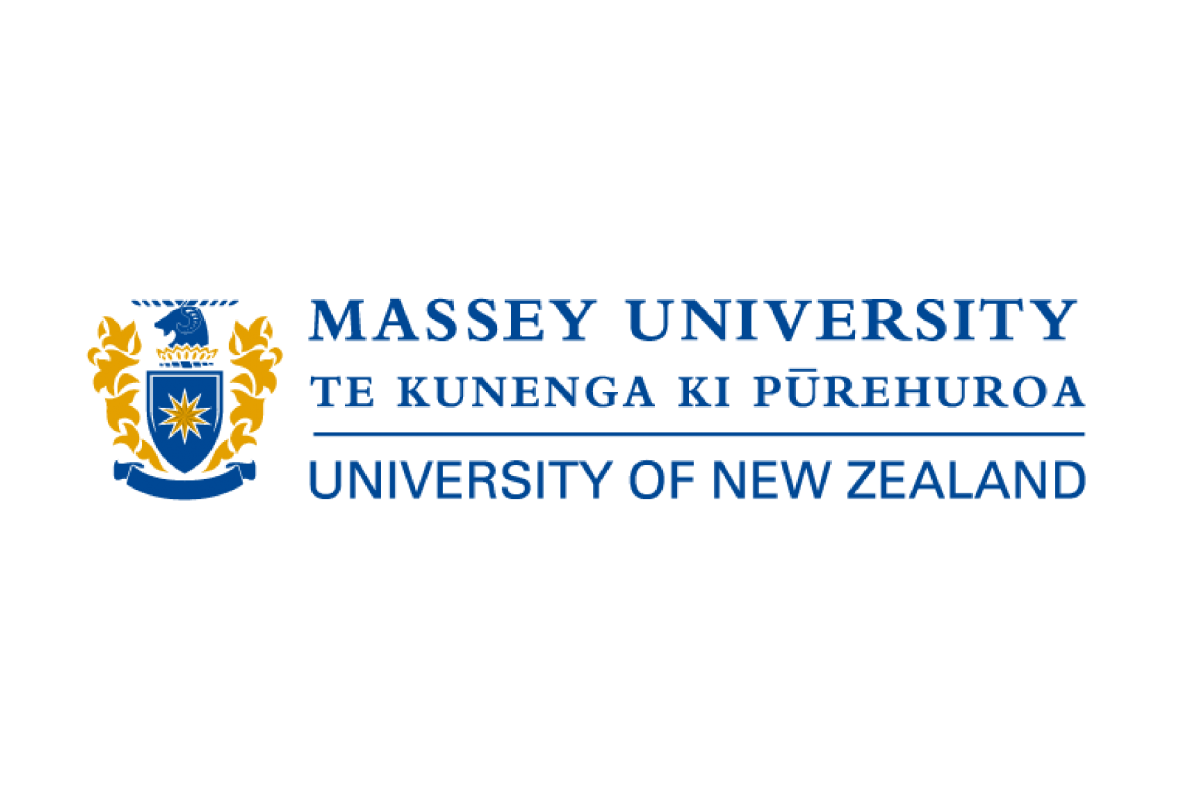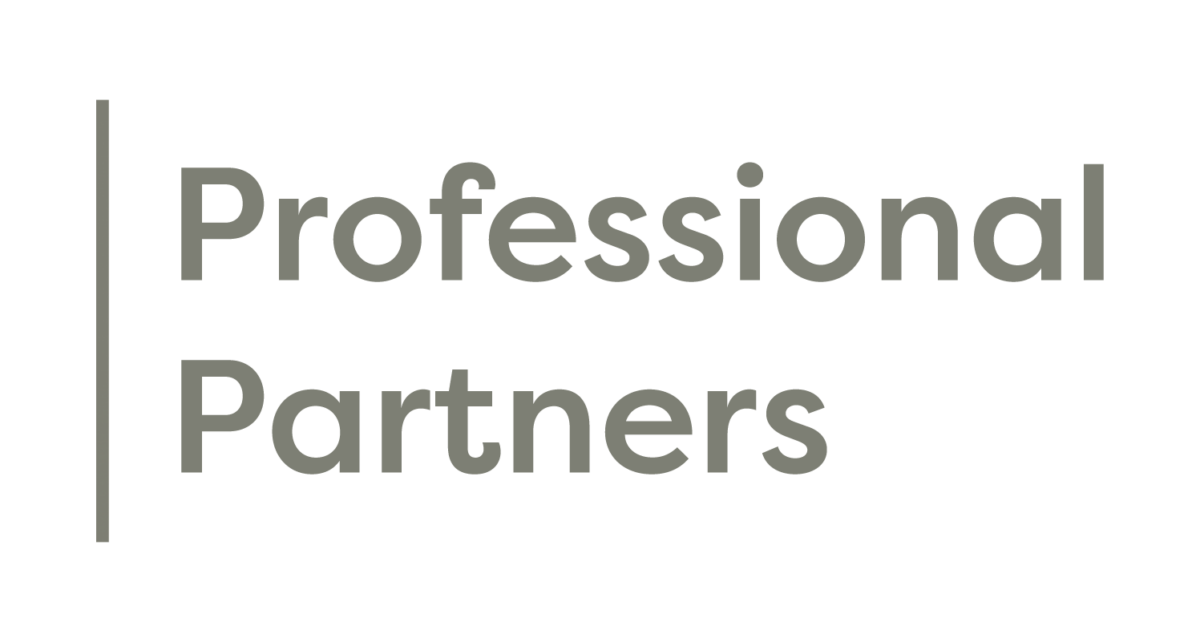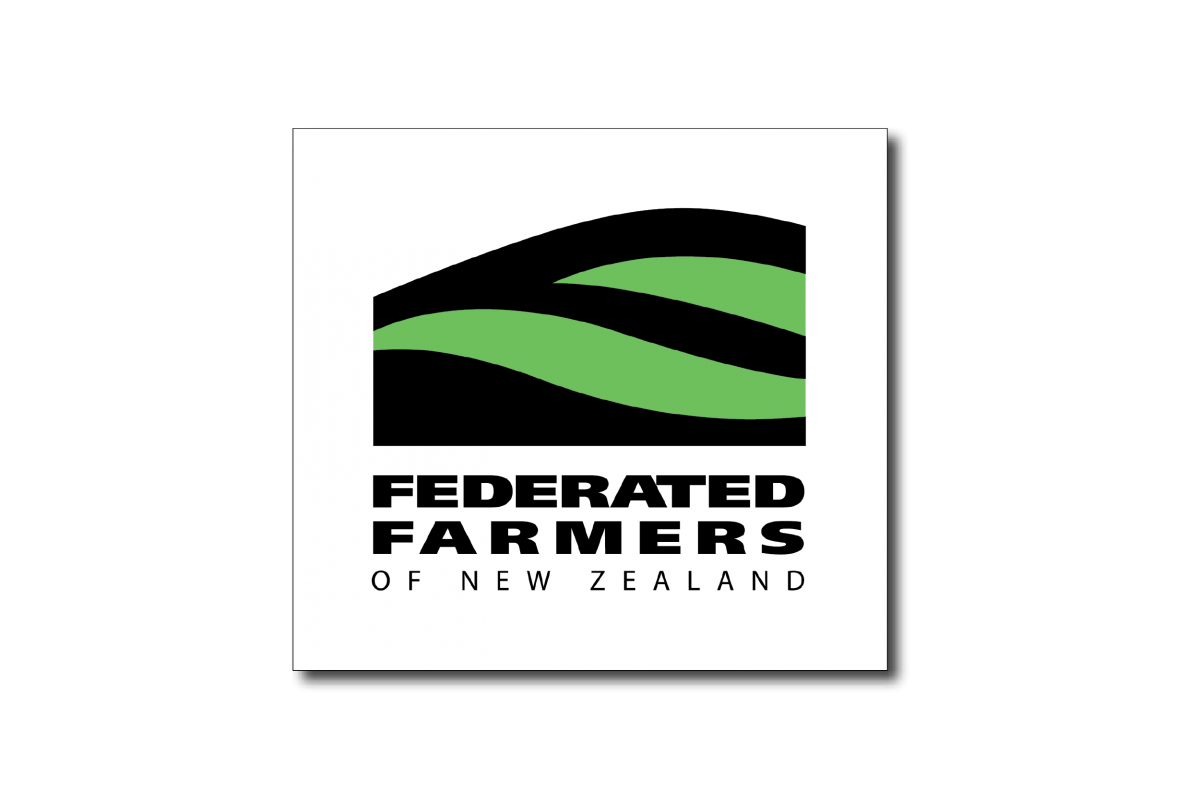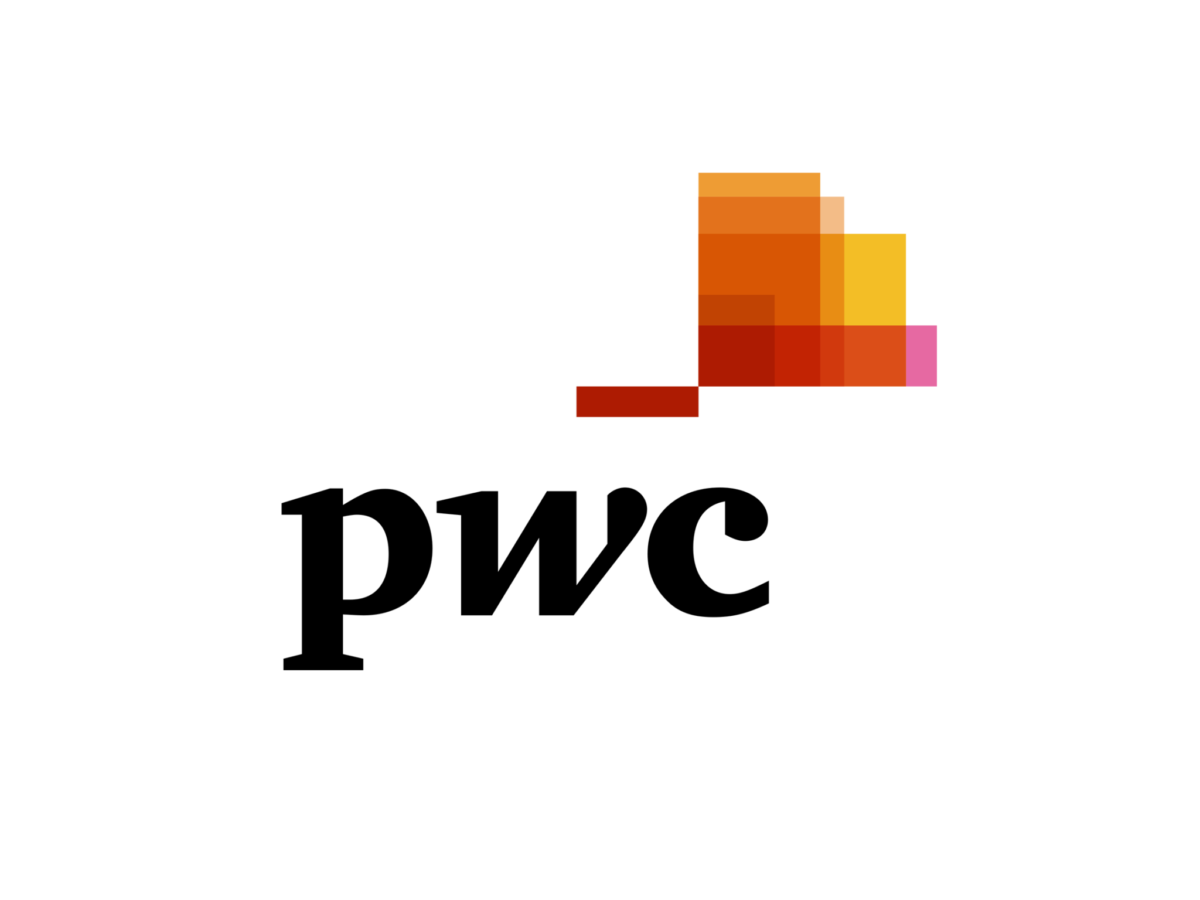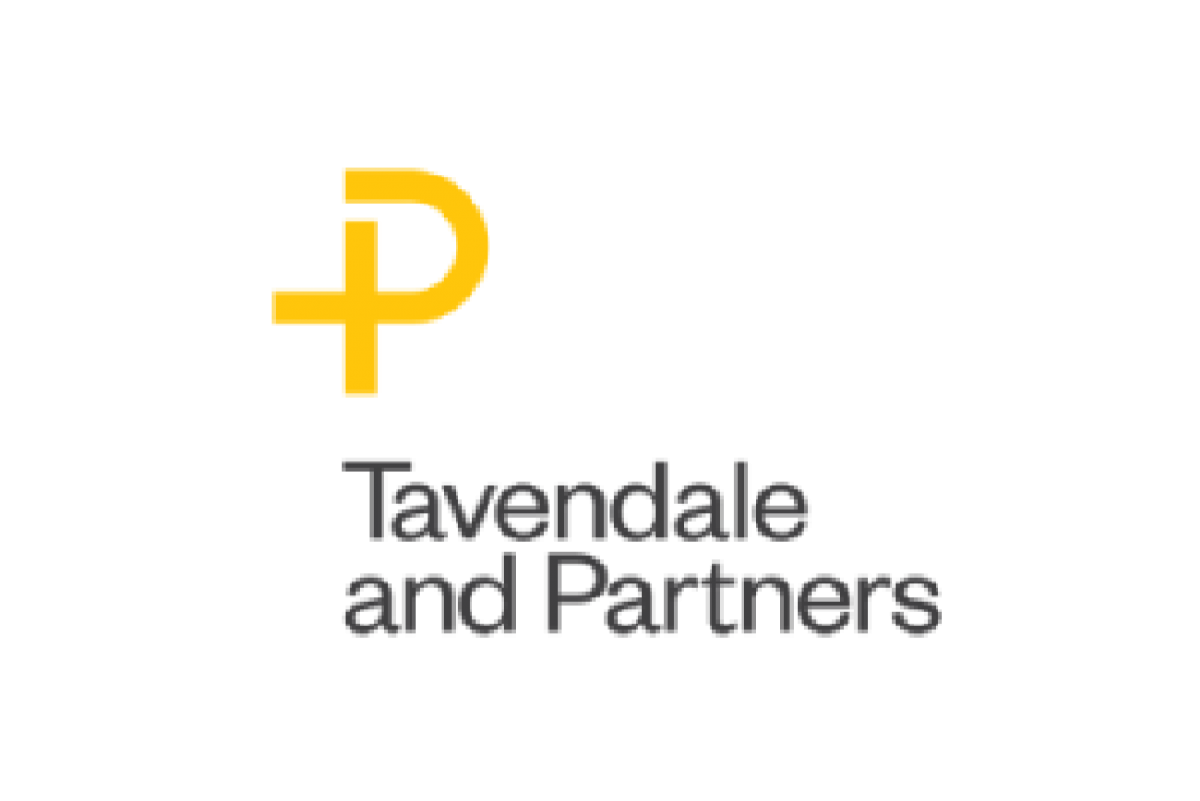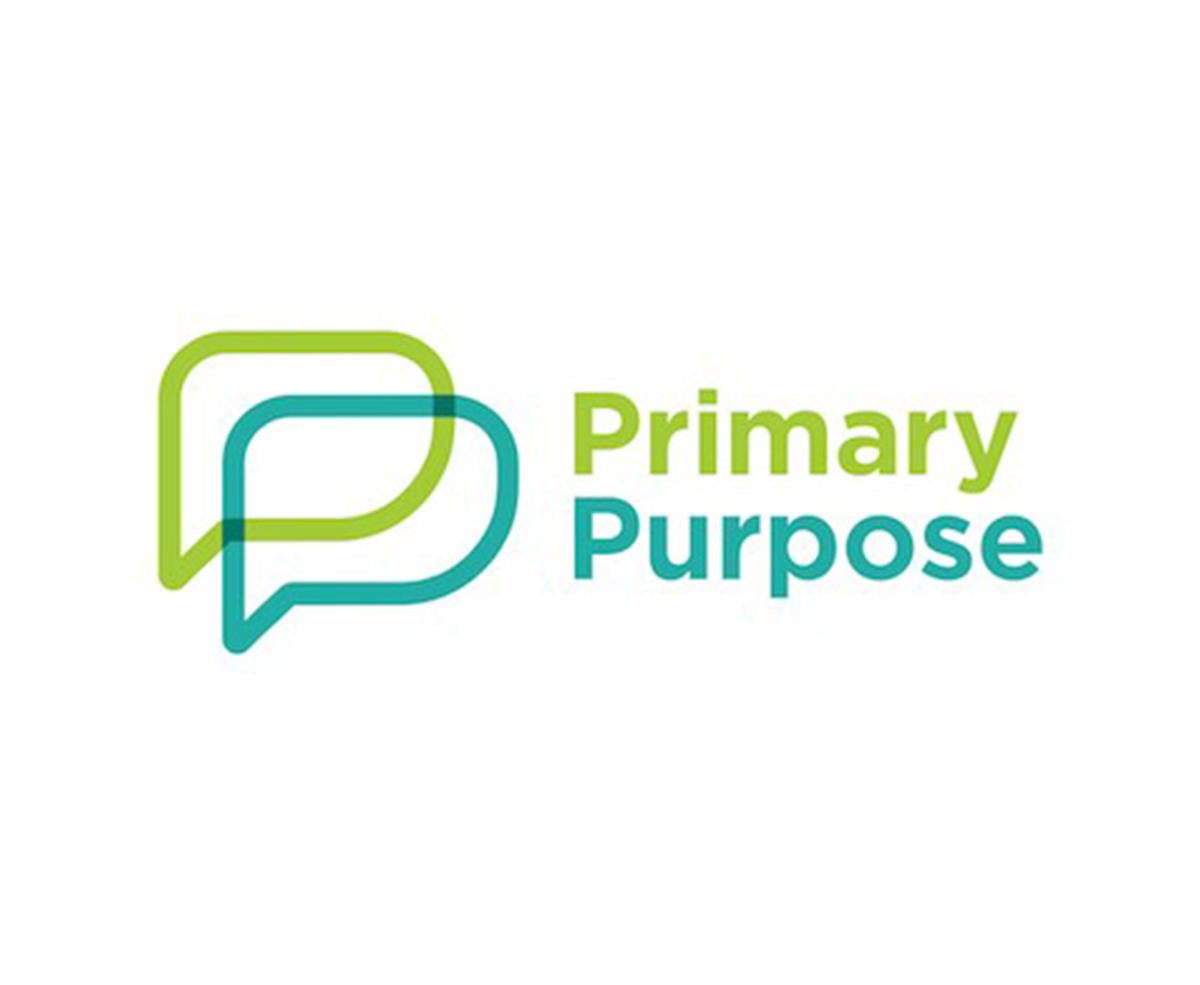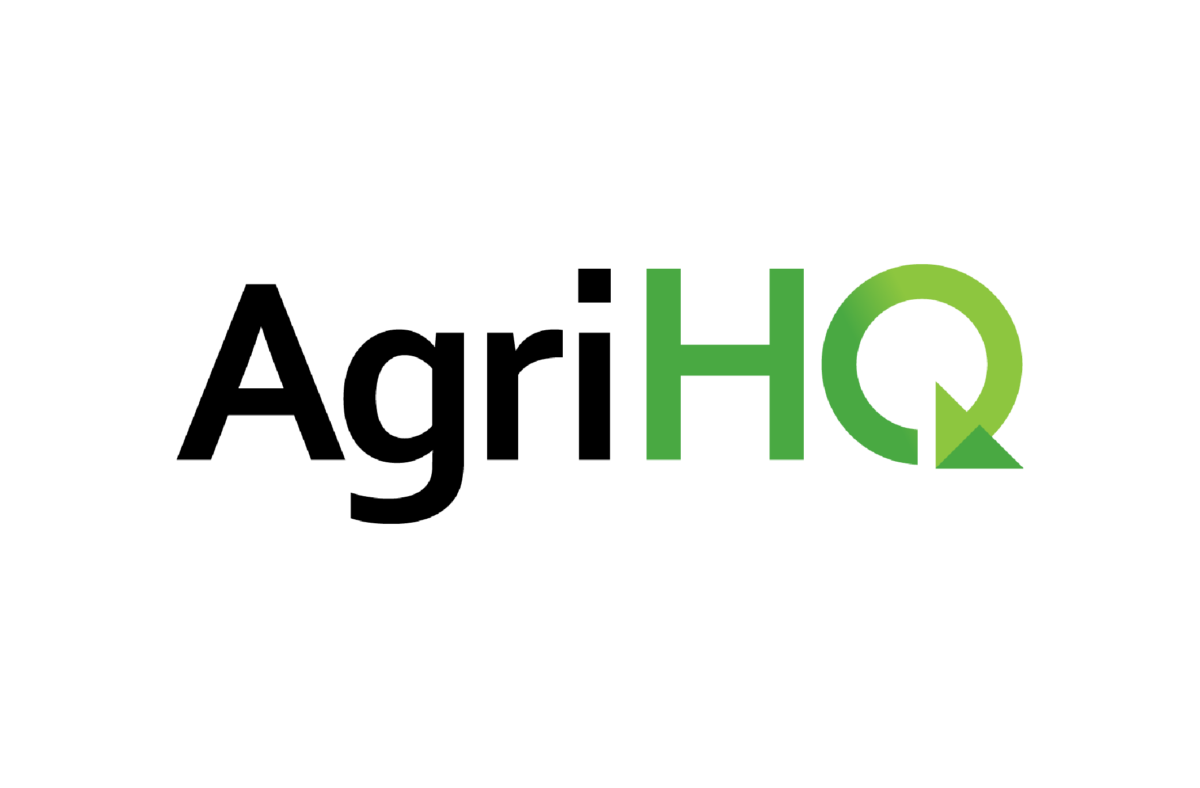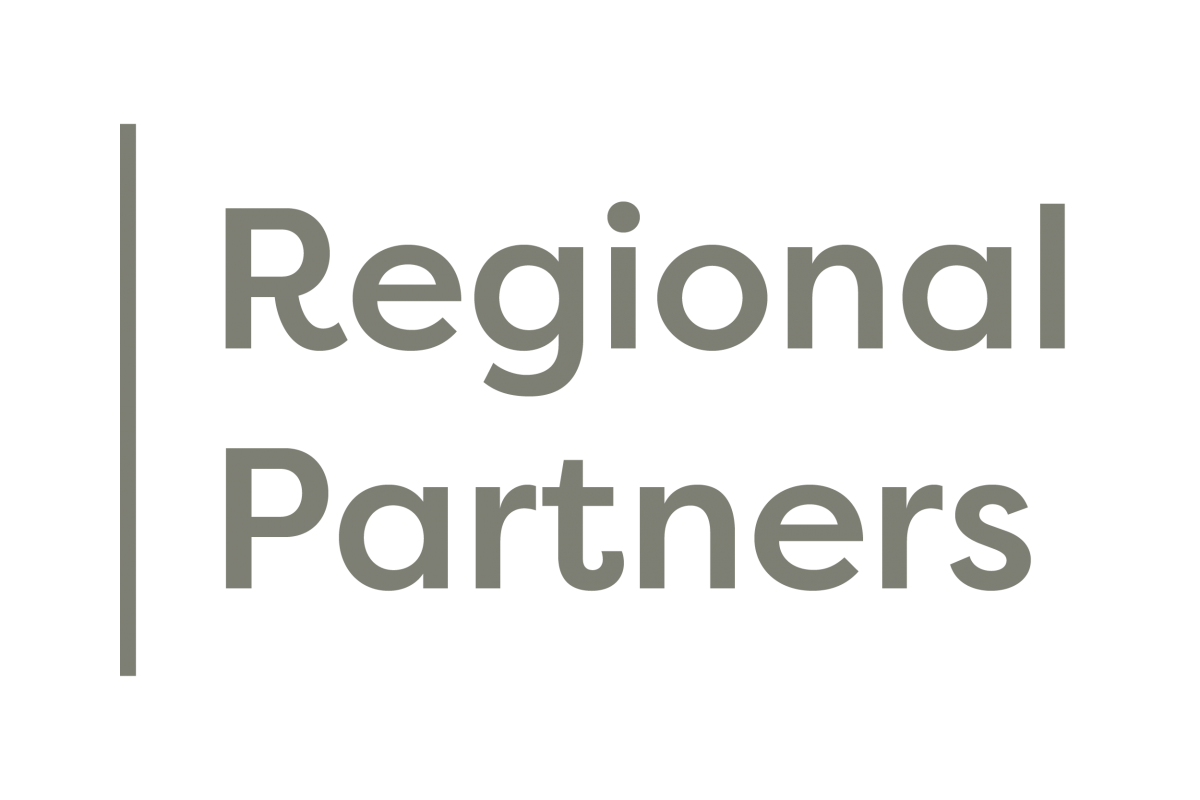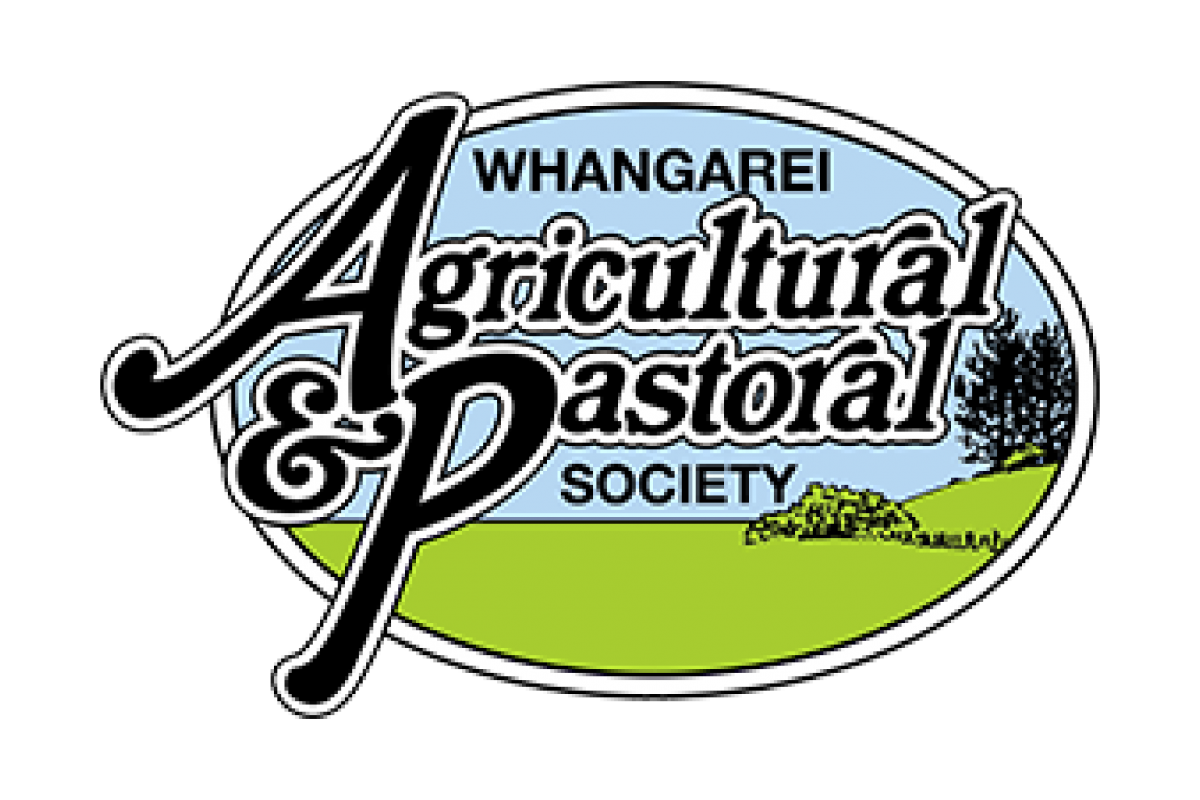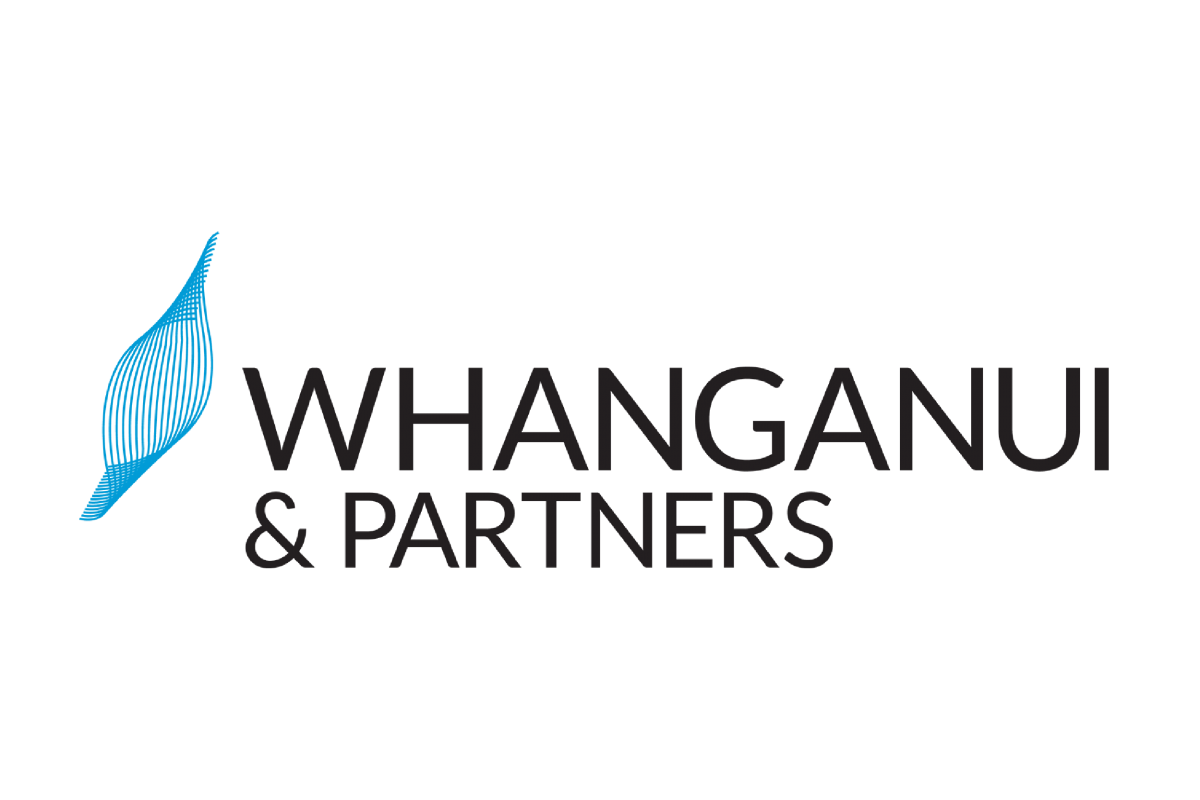EXECUTIVE SUMMARY
As a relatively new asparagus grower, in the Waikato region of New Zealand, I am interested in exploring opportunities within this industry. The harvesting costs in an asparagus business are a significant portion of the total expenditure, so any efficiency gains would provide a direct contribution to profitability.
There are currently several different methods for harvesting asparagus, all of which involve manual picking of the spears. This project looked at which of the current methods was the most profitable for the New Zealand asparagus industry. Variations include paying staff a ‘per hour’ rate, a ‘per kg’ rate, or combinations of both. Picking methods vary from individuals walking along a row in their own time, harvesting into a bin or container carried on their person; to a team of pickers walking behind a tractor with a 20 metre boom, loaded with crates that they place the spears into as they pick.
The highly manual nature of the harvesting raised the question of what automation options have been considered or attempted in the past, as well as what the potential for this may be in the future.
The interviews held with existing asparagus growers provided a wealth of information regarding the picking process, as well as the potential for automation. The lowest cost system currently in use amongst the interviewees involves paying the pickers $0.87/kg through the entire season. The next lowest cost involved paying pickers a ‘per kg’ rate that varied from $0.85/kg at the start of the season, through to $1.20/kg at the end of the season when volumes were lower. The most costly system paid the pickers $18.00/hr, plus a $0.20/kg bonus for all ‘Class One’ graded asparagus. These costs were adjusted to reflect the wastage through the grading process, and therefore provide a more accurate actual cost per kilogram of saleable product. The results then saw the lowest net cost at $1.31/kg.
Although this assessment clearly showed the lowest cost, the determination of their relative profitability from a long term perspective was much more subjective. This was because each business had a number of unique considerations to incorporate into their decision making process around harvesting costs, for example the age and productivity of a block, access to labour and the typical profile of the labourers. The interviewee’s perspective on the potential for automation was explored and their opinions varied widely, from highly unlikely to occur, to highly likely to occur.
The potential for further study regarding innovative harvesting techniques, by incorporating automation, is significant. The challenge will be in balancing the needs of the growers for a cost effective and easy to use solution, with the research and development costs required to provide that as an appropriate solution.
What is the most profitable way to harvest asparagus in New Zealand – Tim Van De Molen
